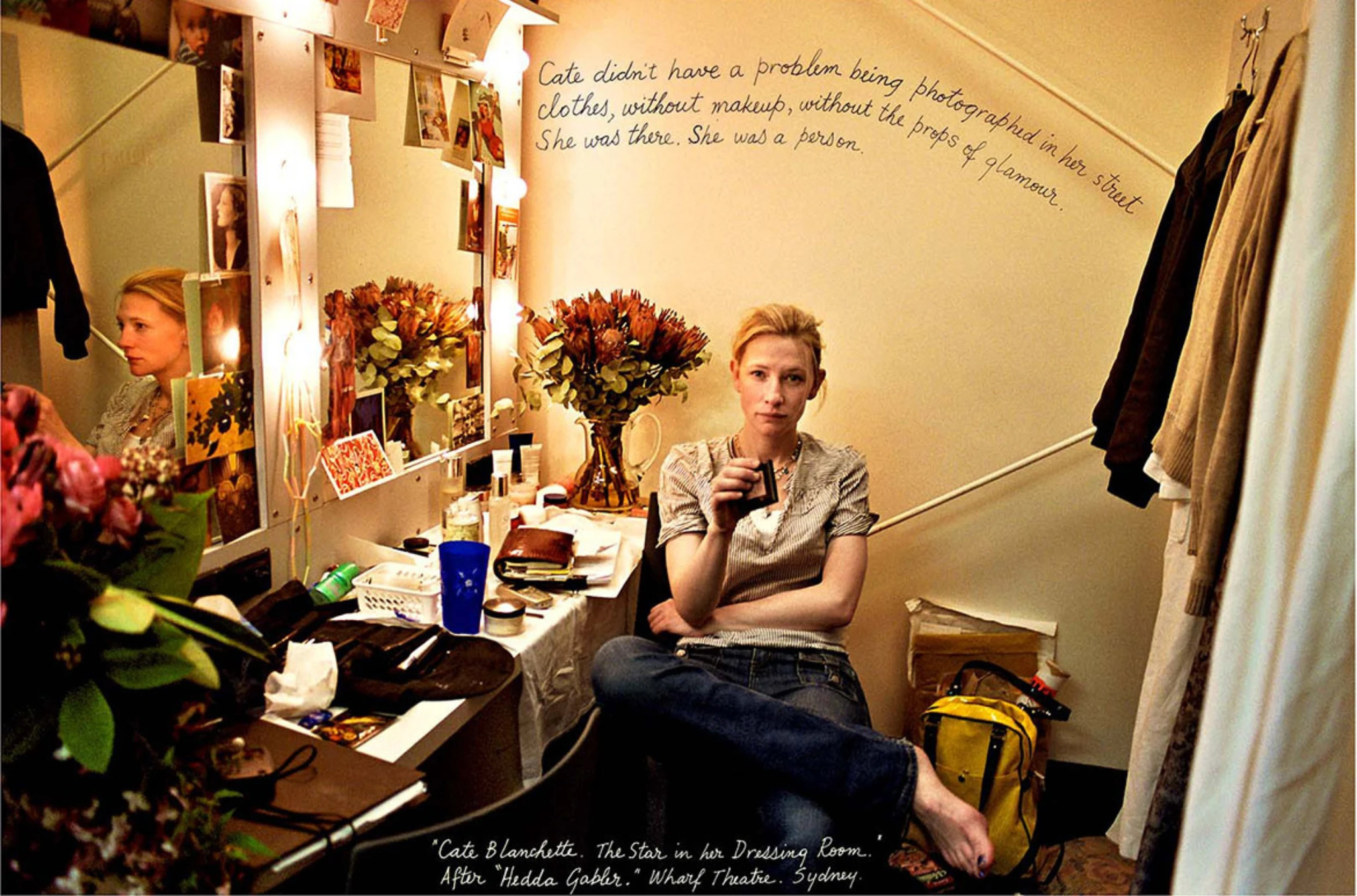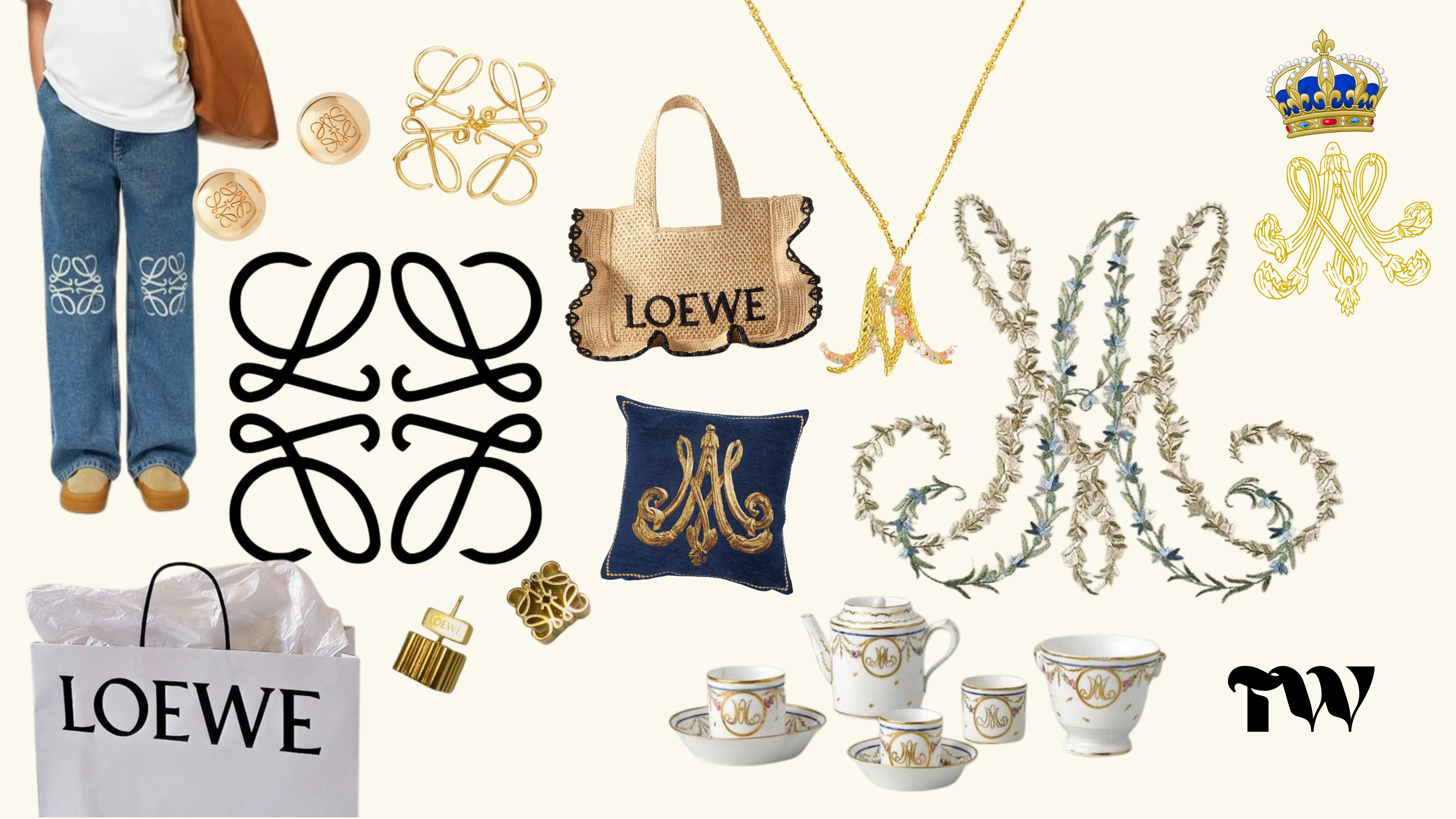25th October, 2024
Wes Wilson and April Greiman, two prominent graphic designers, have left a significant mark on the design world, their work deeply intertwined with the cultural, social, and political shifts of their time. Their designs not only reflect the era they were part of but also contribute to its ongoing legacy in visual design.
Wes Wilson: A Visual Voice for the Counterculture
Wes Wilson’s work, particularly in the 1960s, is a direct response to the cultural revolution of that era. The counterculture movement, characterised by a rejection of traditional values and an embrace of liberation, experimentation, and peace, found its visual expression in Wilson’s designs.
According to Sheila Levitt, “The counterculture was a broad movement that emerged in the United States during the early 1960s and rejected the prevailing cultural norms of the time. Wilson’s work aligned perfectly with the counterculture’s emphasis on social and political critique.”
His early work, such as the poster for Jefferson Airplane, showcases a stark contrast to the traditional and conservative values of the time. Wilson’s use of tightly packed letterforms and layouts, combined with vibrant colours and flowing curves, mirrored the intense and colourful music and dance scenes of the 60s.

“Pop culture was a platform for social change, and through my work, I wanted to contribute to that conversation,” Wilson said. This style, while initially unconventional for promotional materials, became a symbol of the counterculture movement, challenging the status quo and communicating a message of liberation and rebellion.
April Greiman: Pioneering Design with Technology
April Greiman, on the other hand, embraced technology as a means to create art, a move that was revolutionary at the time.
“The computer offered a new design language. It freed us from the constraints of traditional methods and allowed us to create something truly unique,” said Greiman.
Her work introduced a sense of depth and movement that was unprecedented in the field of graphic design. Greiman’s designs, characterised by overlapping forms, diagonal lines, and a sense of perspective, were a departure from the two-dimensional designs that dominated the industry.

“Greiman’s work was at the forefront of a new wave of graphic design that emerged in the 1980s,” argues Margaret Nelson, “Her use of computers allowed her to create designs that were complex, layered, and unlike anything that had been seen before.”
Her approach to design, which involved the juxtaposition of typography, photography, and other elements, reflected the era’s embrace of technology and its potential to transform the way we communicate and perceive the world. Greiman’s work was instrumental in the development of the ‘New Wave’ movement, a style that was later reinterpreted in various media, including movies and TV shows set in the 80s.
A Lasting Legacy
Both designers were influenced by the cultural, social, and political climate of their time, and their work was a direct response to these influences. Wilson’s designs were a visual representation of the counterculture movement, challenging traditional values and communicating a message of liberation and rebellion. Greiman’s embrace of technology and her innovative approach to design reflected the era’s embrace of new technologies and its potential to transform the way we communicate and perceive the world. Their work not only defined the aesthetic of their time but also contributed to its legacy, influencing future generations of designers and shaping the course of graphic design.






